One of the first words my son learned to read was “Stop.”
He didn’t learn it from a book, but from the neighbourhood stop signs.
When I was an ESL tutor, I learned that one of the biggest motivators for new readers is relevance. People are more apt to want to read something when it is relevant to them.
Signs are great because they’re relevant, they’re usually fairly simple, and they provide a context that helps the beginning reader. For instance, the word Stop is at the end of a road.
Literacy isn’t all about words, however. It’s important – and kind of fun – to teach kids the non-verbal signs as well. I ask, “What do you think that sign means?” Usually, the ideas kids come up with are more interesting than what the sign is really all about. And children are generally interested in knowing what the sign really does mean.
As they get a little older, we talk about how signs can be miscontrued. These two signs are across from each other on the same road. The one on the left implies “no parking on Thursdays” but the other sign clarifies “no parking except on Thursdays.” My son and I had a laugh trying to figure them out.
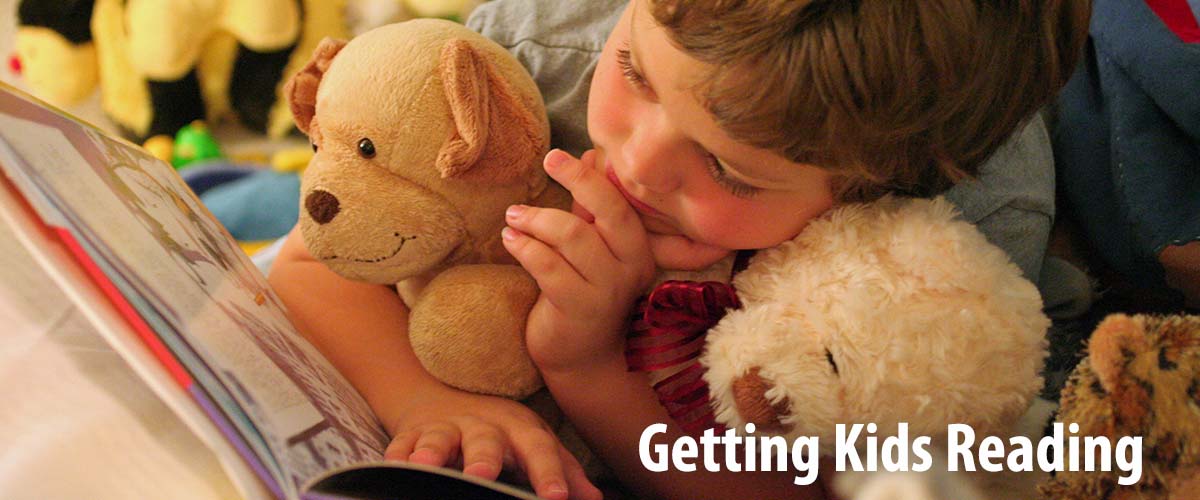
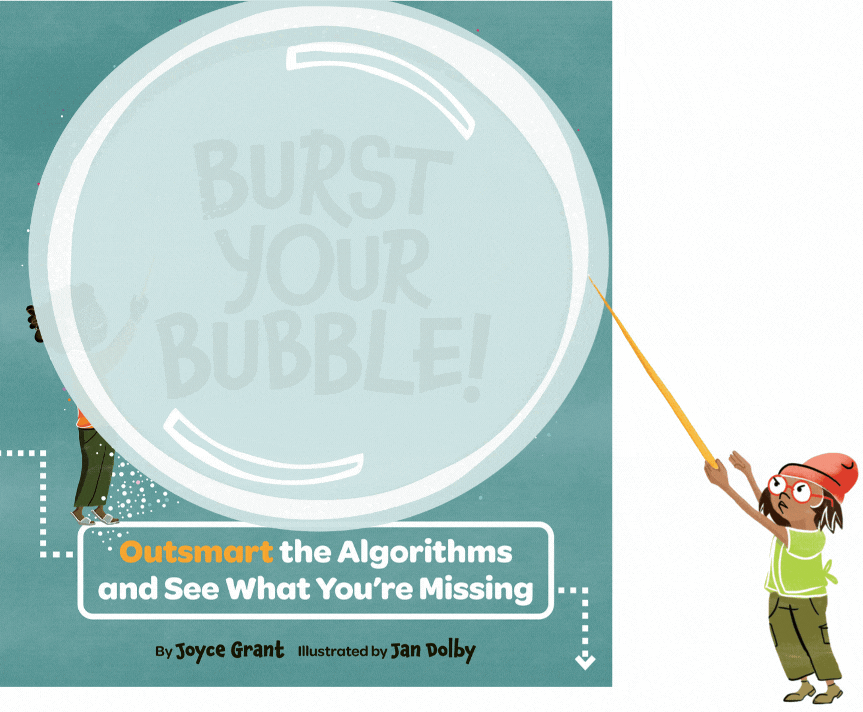
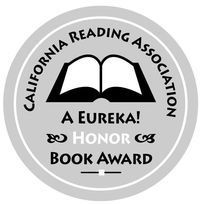
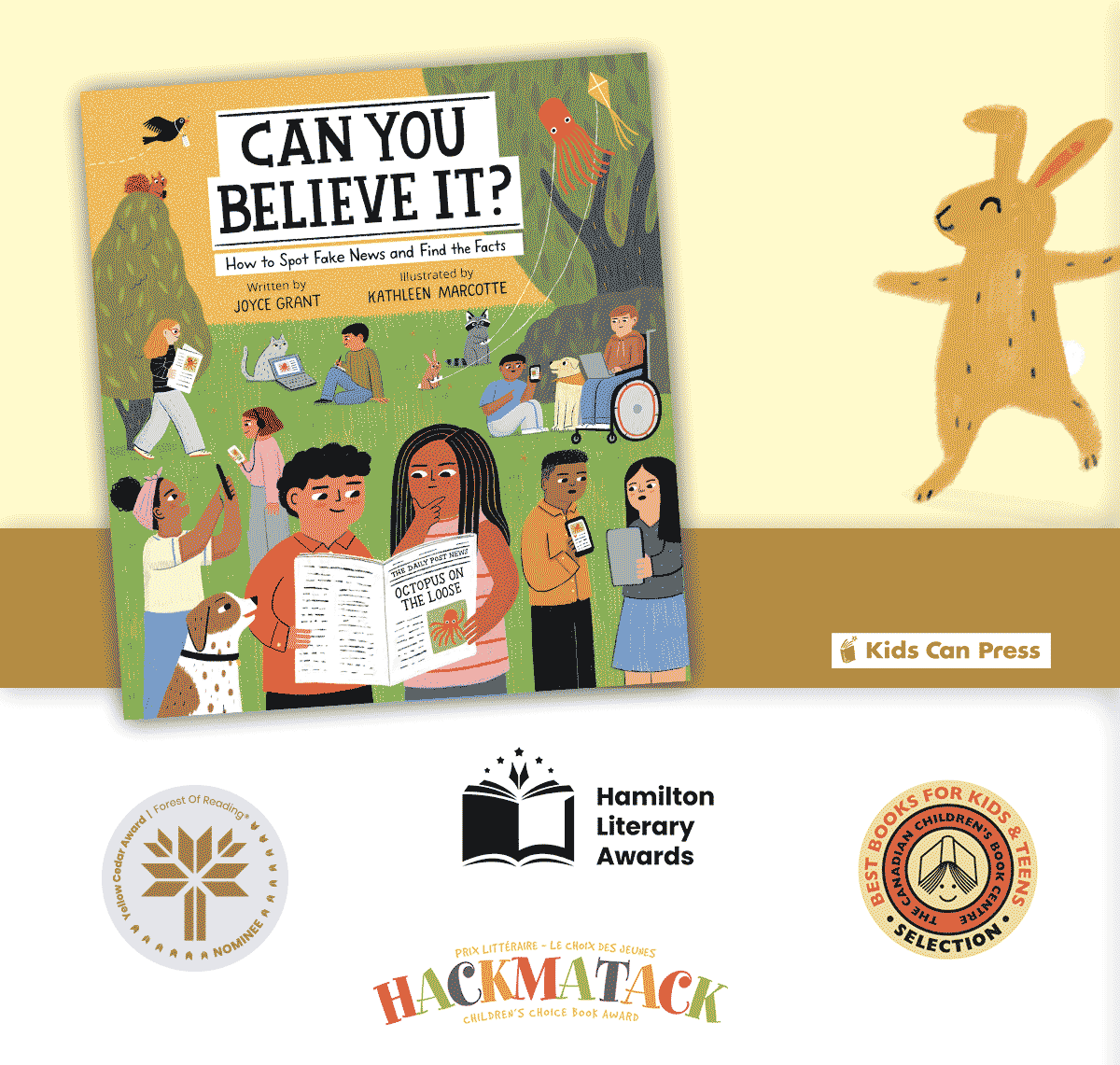
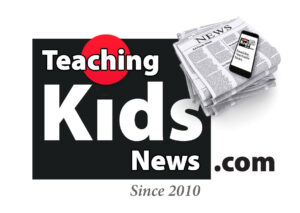

this is great. I’ll link to it,okay?
Thanks
rock
I’ve forwarded this link to teachers I know and friends with kids. It looks really helpful.
– V.